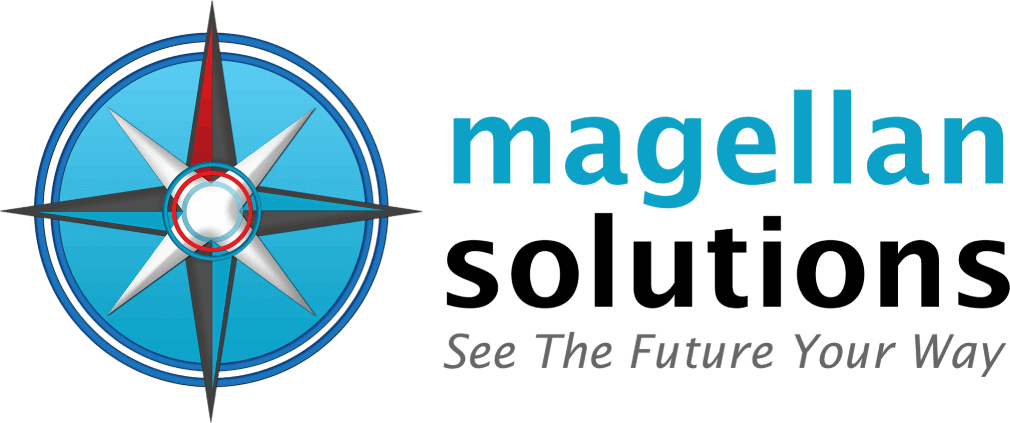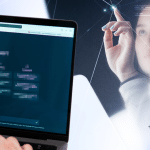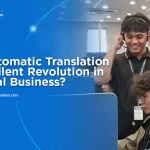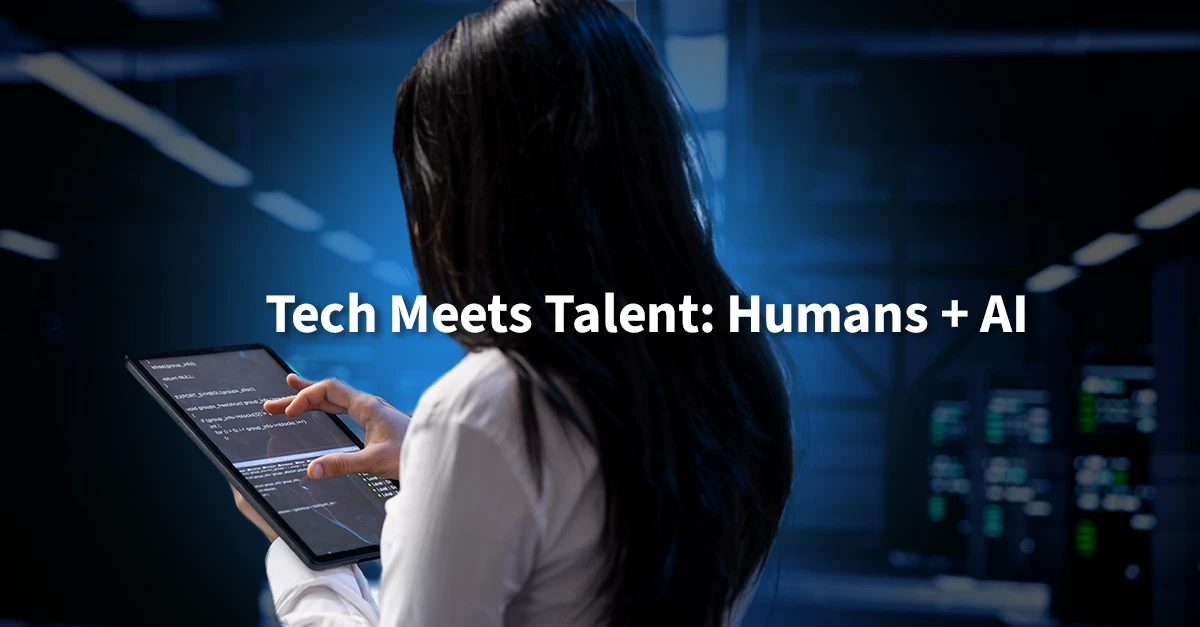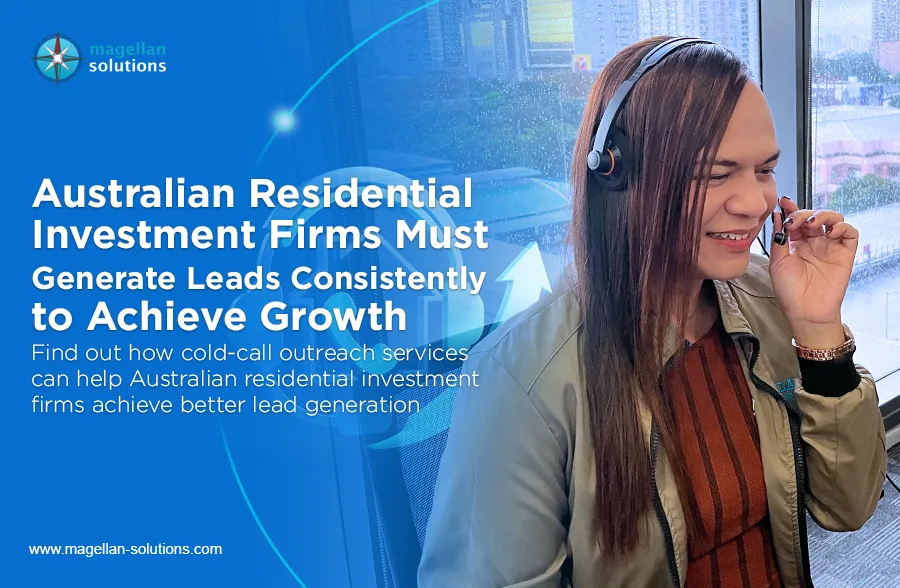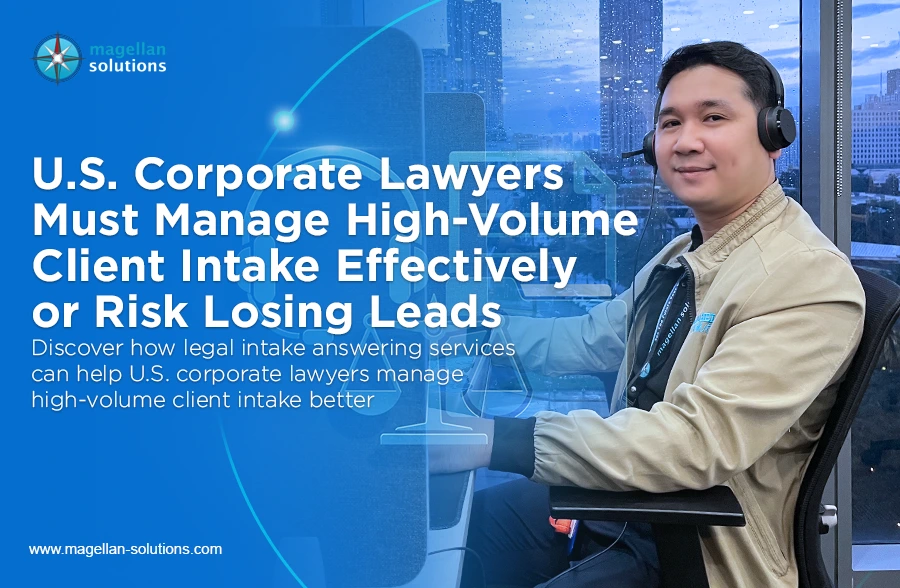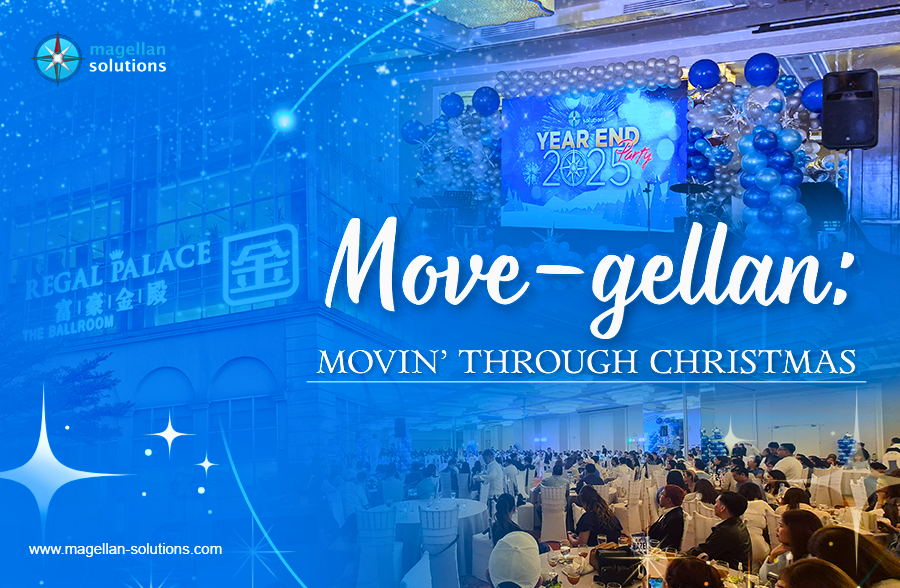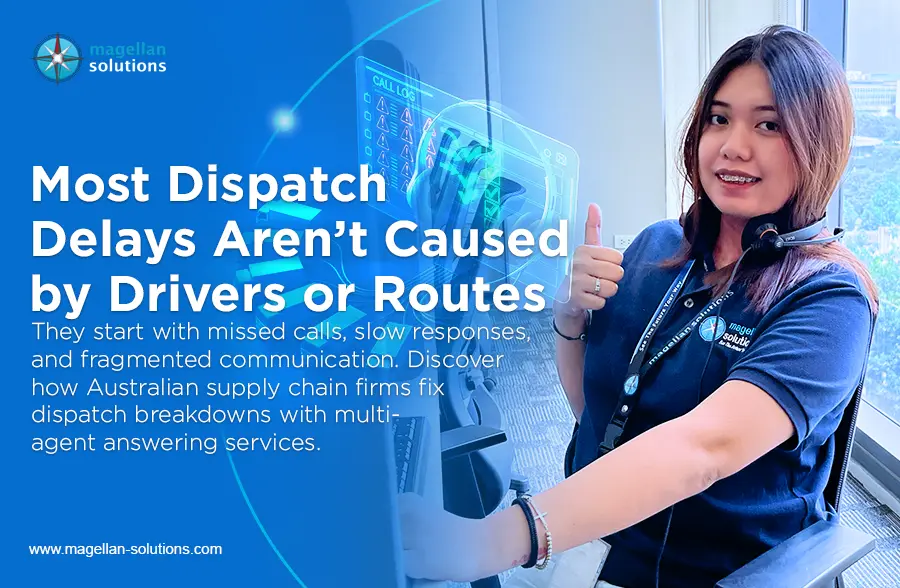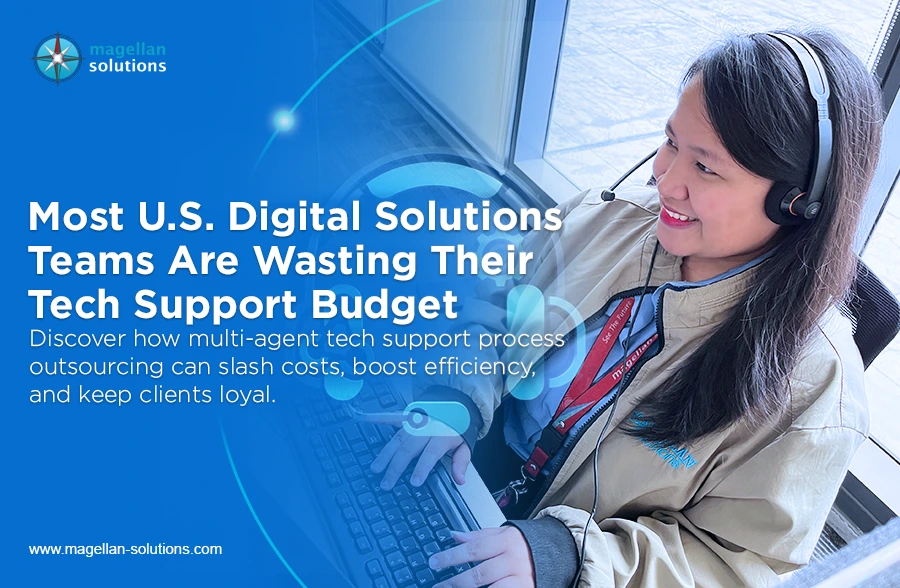Schedule a FREE call with our outsourcing expert now and get a precise quotation that meets your requirements. Don't wait - get started today!
What if technology could transform your workforce, making every process faster and more efficient? According to Forrester, companies using augmented workforce solutions see up to a 40% increase in operational efficiency. As Fei-Fei Li, co-director of the Stanford Human-Centered AI Institute, explains, “The future of AI is not about replacing people but amplifying human capabilities.”
This highlights how AI and advanced technologies are designed to enhance human performance rather than replace it. By amplifying rather than substituting human skills, businesses can address key challenges such as productivity gaps and skill shortages.
This article will explore how integrating AI-powered tools, wearable technology, and real-time data access can accelerate and scale talent. Discover how embracing an augmented connected workforce can drive your organization’s efficiency and innovation to new heights.
Understanding What an Augmented Connected Workforce Is
What is an augmented connected workforce? It is a work environment where employees use advanced technology to enhance their skills and capabilities. The word “augmented” suggests that technology enhances the abilities of human workers. The term “connected” indicates that these technologies help workers stay linked with each other, their tools, and their tasks.
The core components of an augmented connected workforce include:
- AI-Powered Tools: These applications, software, and platforms powered by artificial intelligence (AI) help employees perform tasks more efficiently. Examples include AI-powered connected workforce solutions, project management tools, and virtual collaboration platforms.
- Wearable Technology: Devices such as smart glasses or smart watches offer access to real-time guidance and information, assisting employees in performing their duties more effectively.
- Internet of Things (IoT): IoT devices connect physical objects to the internet, enabling them to collect and share data, thus improving processes and workflows.
How It Works
An augmented connected workforce uses technology integration to empower employees to complete tasks more efficiently. For example, a factory worker might use smart glasses that provide real-time guidance by displaying assembly instructions directly in their line of sight. This allows them to work hands-free and minimizes errors.
Similarly, an office worker might use an AI-powered connected workforce solution to manage emails, prioritize tasks, or draft basic reports. The primary goal of technology is to complement human efforts rather than replace them.
Benefits of What an Augmented Connected Workforce Brings
An augmented connected workforce offers transformative benefits:
-
Increased Productivity
One significant advantage of an augmented connected workforce is increased productivity. Employees equipped with the right tools can complete tasks faster and more accurately. For instance, AI-driven connected worker solutions can handle routine inquiries, allowing human agents to focus on more complex issues. This speeds up the process and helps accelerate and scale talent, leading to better outcomes.
-
Improved Collaboration
Virtual meeting platforms, cloud-based document sharing, and real-time communication tools make it easier for teams to work together, even if they are geographically dispersed. This connectedness ensures everyone is aligned, fostering a culture that reduces misunderstandings and enhances teamwork.
-
Enhanced Skills and Abilities
Augmented tools help employees improve existing skills or acquire new ones. For example, using augmented reality (AR), a worker can practice complex tasks in a virtual environment before executing them in the real world. This hands-on experience builds confidence and competence, contributing to continuous improvement and better performance.
-
Better Decision-Making
AI and data analytics offer valuable insights that inform decision-making. By analyzing large volumes of data, these tools can identify patterns and trends that may not be immediately apparent. This access to real-time data enables managers to make more informed decisions, leading to improved business outcomes.
Challenges of Adopting What an Augmented Connected Workforce Entails
Here are some of the challenges that a business may encounter:
-
Adapting to New Technology
While the benefits of an augmented connected workforce are clear, challenges exist. One of the primary challenges is helping employees adapt to new technology. Not everyone is comfortable with digital tools, and there may be a steep learning curve. Companies must invest in training and support to help employees feel confident using AI-powered tools and connected worker solutions.
-
Security Concerns
Increased connectivity brings with it the risk of security breaches. As more devices and platforms are integrated into the workplace, there are more potential entry points for cyberattacks. Companies must prioritize cybersecurity measures to protect sensitive information and maintain trust in their augmented connected workforce.
-
Balancing Human and Machine Roles
Another challenge is finding the right balance between human and machine roles within an augmented connected workforce. While technology can significantly enhance productivity, it should not replace the human touch. For example, while AI tools can handle routine customer service inquiries, a human agent better manages complex or sensitive issues. Companies need to ensure that technology integration complements rather than replaces human workers.
-
Cost of Implementation
Implementing an augmented connected workforce can be expensive. The initial investment in AI-powered solutions, training, and infrastructure can be substantial. However, the long-term benefits often outweigh the initial costs. Businesses should carefully evaluate the return on investment (ROI) before committing to this approach.
Real-World Examples of What an Augmented Connected Workforce Looks Like
Here are real-world examples that showcase how an augmented connected workforce enhances operations and productivity across various industries:
Manufacturing Industry
In the manufacturing industry, augmented connected workforces are becoming more prevalent. For example, automotive manufacturers use AR tools to guide workers through complex assembly processes, reducing errors and accelerating production times. Additionally, IoT devices monitor machinery in real-time, predicting maintenance needs before a breakdown occurs. This proactive approach ensures continuous improvement and minimizes downtime, keeping production lines running smoothly.
Healthcare Sector
In healthcare, an augmented, connected workforce is transforming patient care. Doctors and nurses use wearable devices to monitor patients’ vital signs in real-time, allowing quicker responses to changes. AI-powered diagnostic tools assist in identifying diseases and recommending treatment plans. This blend of human expertise and technology leads to better patient outcomes.
Retail Industry
Retailers are also embracing this concept. For instance, smart mirrors in stores allow customers to see how clothes will look on them without trying them on. This enhances the shopping experience and helps customers make more informed purchasing decisions. Additionally, AI-driven inventory management systems ensure that products are always in stock, improving customer satisfaction.
Magellan Solutions as Your Provider for Advanced Workforce Technology
At Magellan Solutions, we are equipped with advanced technology and expertise to help your business seamlessly integrate an augmented, connected workforce. Our solutions ensure your team can work more efficiently and effectively while maintaining high morale. By partnering with us, SMEs can overcome challenges such as adapting to new technology, ensuring security, and balancing human and machine roles.
Let us help you leverage technology to boost productivity and collaboration, allowing your employees to work smarter and achieve better results. Contact us today to explore how we can support your business in this transformation.
